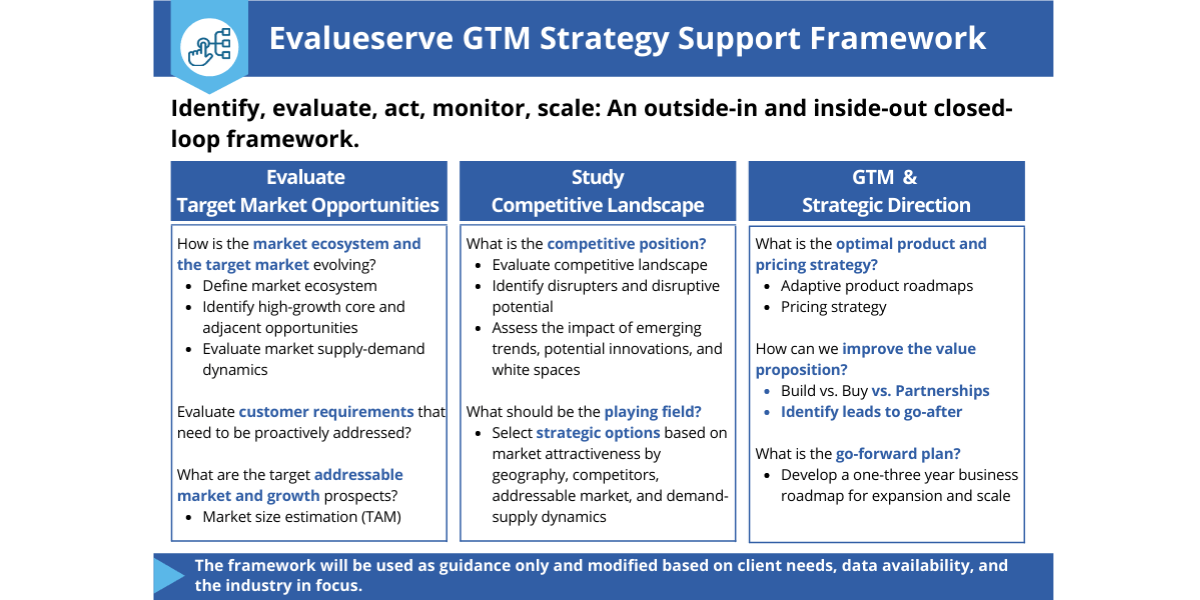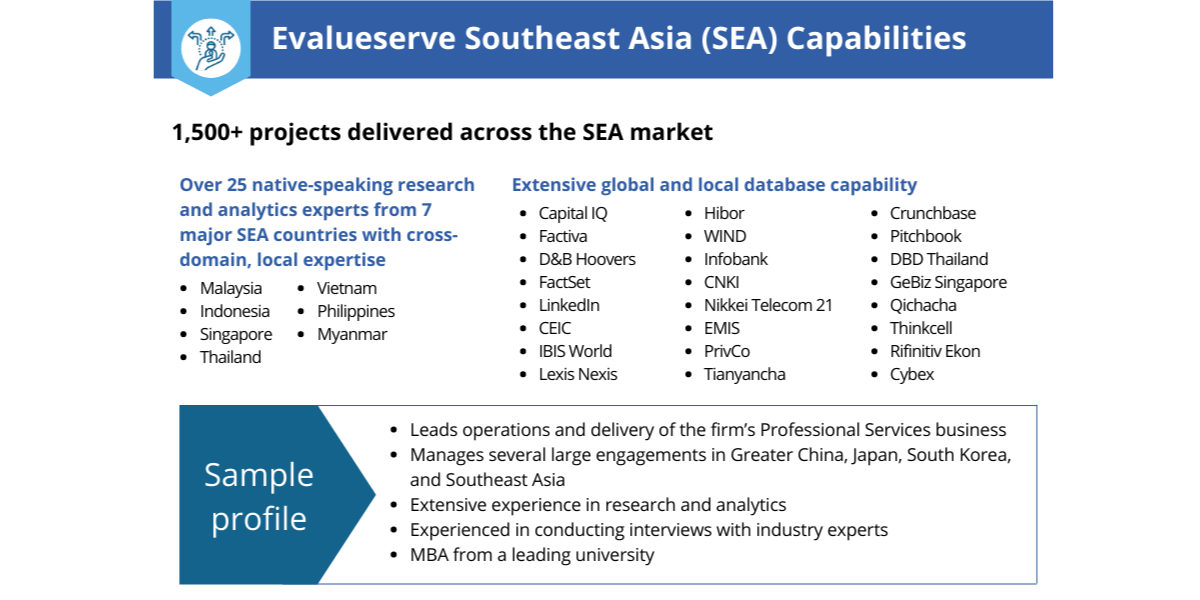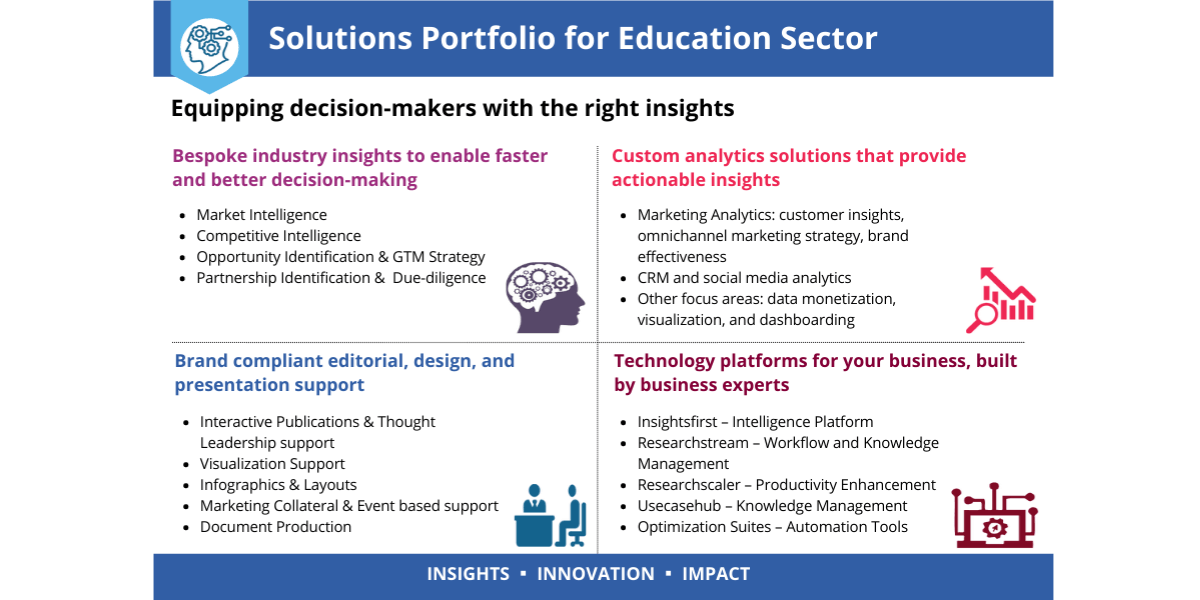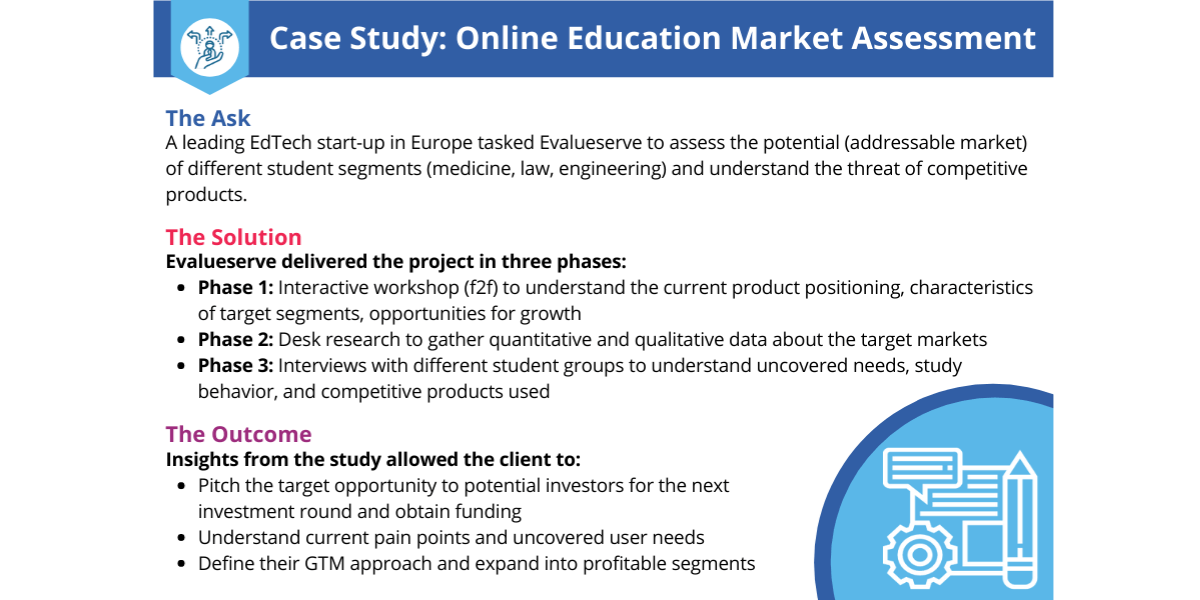Top EdTech companies are investing extensively in the latest digital technologies and are developing a robust go-to-market (GTM) strategy to gain market share.
“Twenty years from now, you will be more disappointed by the things you didn’t do than those you did. So throw off the bowlines. Sail away from safe harbor. Catch the wind in your sails. Explore. Dream. Discover.” ― Mark Twain
This quote holds great significance for the education industry, which is witnessing a rapid transformation from a myriad of structural forces such as global talent shortage, generational change, demographic shift, and digitization. In addition, the COVID-19 pandemic has further accelerated the pace of transformation, opening new windows of opportunity for the education sector – now is the time for Education Technology (EdTech) companies to explore, strategize, and grow.
In the last few years, the education industry and traditional value chain have undergone a significant transformation, right from K-12 to higher education and executive education levels. In addition, the global talent shortage has pushed employee upskilling and internal talent mobility higher on the corporate HR agenda, leading to a surge in demand for EdTech and associated talent development services.
As a result, the EdTech industry, which offers digital learning management systems, massive open online course (MOOC) platforms, and other distance learning solutions, has started snowballing. The trend is likely to continue even after the pandemic.
However, there are some pressing questions that could challenge players in the sector. Top EdTech companies approach us with unique questions that require a dedicated lens, such as:
-
What will be the future of the workforce and skill requirements?
-
Is there a structural gap with talent shortage that goes beyond the current crisis?
-
Are there enough programs that currently address the widening skill gap for future jobs or emerging tech?
-
Opportunities abound; how does one benchmark opportunities against scarce talent and capital to generate the best ROI?
-
Is there a secret sauce to gaining a competitive advantage and differentiating against competitors?
-
Should the GTM strategy be global or local?
-
How is buyer behavior different across select geographies, product formats, and demographics?
This blog will discuss the emerging trends, key challenges, and strategies for EdTech companies.
Key Trends Impacting the Education and EdTech Industry
-
Future of Work and Skills – The World Economic Forum predicts that we will need to reskill more than 1 billion people by 2030, as jobs are transformed by the Fourth Industrial Revolution. Future occupations will also require completely new skills. This structural shift in the skills landscape is an opportunity for EdTech companies, as their business models allow agility and the ability to adapt to this transformation.
-
Global Talent Crisis and Mobility – A Korn Ferry study states that by 2030, more than 85 million jobs could go unfilled because there are not enough skilled people to take them. Talent shortage could result in about $8.5 trillion unrealized annual revenues in 2030. At the same time, due to the pandemic, employees in low-paying, less-engaging jobs (e.g., factory workers, food retail) are upskilling to get employed in sectors that offer better pay, flexibility, and work-life balance. Both trends have increased the demand for short-term certifications and vocational courses.
- Executive Education and Corporate Partnerships for Upskilling Employees – Employers are increasingly crippled by a workforce whose skills have not kept pace with changing requirements. Driven by a tight labor market, skill gap, high cost of education, and student debt, companies, such as Google, Amazon, and IBM, have developed private and public partnerships with universities/EdTech providers and/or launched standalone certifications such as “secondary or alternate pathways” at zero cost or low cost. In addition, most employers are refining their talent strategy and building flexibility into roles previously seen as inflexible. This also allows companies to have a superior talent retention strategy and promotes a culture of continuous learning and training, extending far beyond the traditional boundaries of education.
- Pandemic-driven Acceleration in Virtual Strategies – Virtual strategies were being widely adopted in education even before the COVID-19 pandemic. In 2019, investments in EdTech companies stood at $18.66 billion. Industry experts expect this momentum to continue due to increased demand for hybrid models – a combination of virtual and offline education systems. The overall market for online education is now projected to reach $181 billion by 2025.
- Digital Transformation (in particular, gamification of Education) – Technology has made learning collaborative and interactive. E-learning service providers are implementing advanced concepts such as gamification (which involve virtual, augmented, and mixed reality) along with adaptive learning techniques to make learning engaging at all levels. However, it remains an uncharted territory, with only a few start-ups in the education market. The EdTech expenditure on new-age technologies is expected to reach $22.7 billion from $4 billion in 2018, growing at a CAGR of 28% for the period.
Key Challenges Faced by EdTech Companies
While the meteoric expansion of the EdTech industry is already evident, companies must address a few challenges to stay ahead of the competition. Let’s look at some of the challenges faced by EdTech companies and the strategies they can adopt to deal with them.
- Lack of End-to-end GTM strategy – Many EdTech companies lack a strategic plan and prioritization framework for delivering value to customers. Given the current global scenario, companies need a robust GTM strategy to take their services to the market quickly. They need to develop an algorithm that enables the delivery of quality educational services to the right customer segment at the right time and the right price-point, thus gaining competitive advantage and defining under-serviced and niche opportunities.
- Need for Differentiation – To stand out among competitors, companies need to continuously assess the impact of emerging trends, potential innovations, and disruptions. They need a differentiation strategy to deliver a unique, tailor-made experience to their customers.
- Misalignment in Approach (Global, Local, or Hybrid) – The proliferation of cutting-edge technologies and easy access to digital content are removing regional and socio-economic barriers within the education industry. However, companies continue to face the challenge of deciding whether to follow a local, global, or hybrid approach. Identifying the right approach and partnerships after a thorough landscape assessment helps companies establish their true North Star.
How Evalueserve Can Help EdTech Companies Successfully Monetize Growth Opportunities
-
GTM Strategy Support Framework
Our GTM offering involves end-to-end market and opportunity assessment, which can be customized to clients’ requirements. The framework addresses three main questions:
-
What possible opportunities exist within a target segment?
-
Who are the competitors and potential disruptors?
-
How to reach target customers in a scalable and repeatable way?
-
In simple words, our GTM framework outlines how EdTech companies can quickly deliver products/services to the right customer segments.
-
Local Presence in Key Markets for EdTech Companies
Entering a new market requires regional expertise. By partnering with Evalueserve, clients gain access to industry experts, a pool of resources with local language capabilities, and a repository of extensive local and global databases. Our proven expertise in the Southeast Asian market allows us to provide support across verticals in seven native languages.
-
End-to-end Solutions for EdTech Companies, Placement and Outplacement Consultants
EdTech companies of varying sizes are searching for ways to make their businesses more efficient, connected, and capable of generating higher value. At Evalueserve, we combine data and research insights with the efficiency of digital tools to design impactful solutions tailored to our EdTech clients.
-
How We Helped an EdTech Start-up in Europe
Conclusion
To successfully monetize the ocean of opportunities that the EdTech sector and talent mobility provide, companies must continuously evolve and equip themselves with the latest technologies and partnerships. They also need to carve out a robust GTM strategy to gain a competitive advantage. Partnering with the right navigator can help companies assess the landscape and move in the right direction.







